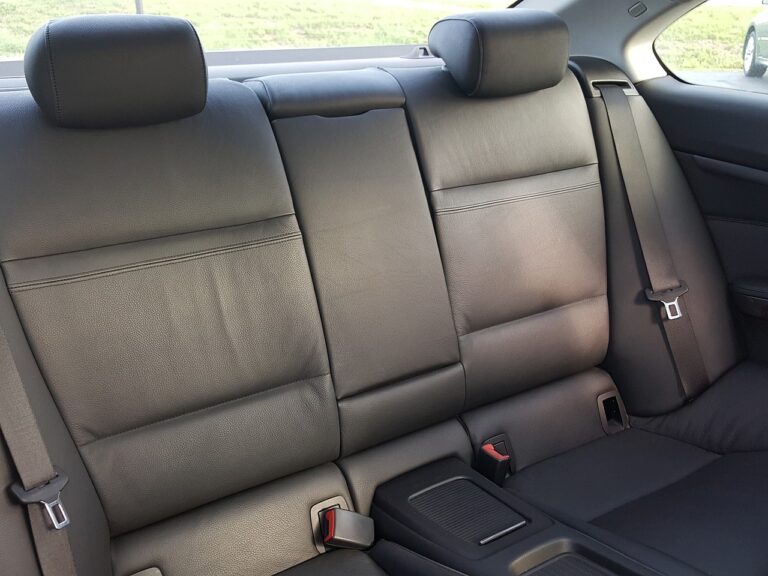The Influence of Nature on Car Color Trends
The automotive industry is deeply influenced by a variety of factors when it comes to the colors chosen for vehicles. One significant factor is customer preference. Car manufacturers pay close attention to consumer trends and feedback to determine which colors are popular in the market. This data is crucial in guiding them towards selecting the most attractive and appealing colors for their vehicles. Additionally, cultural influences play a vital role in determining car colors. Different regions and countries have varying preferences when it comes to color choices, based on cultural meanings and perceptions associated with certain colors.
Another key factor that impacts car color trends is technological advancements in the automotive industry. Innovations in paint technologies enable manufacturers to offer a wider range of colors and finishes for their cars. This flexibility allows for more customization options for customers, ultimately influencing the popularity of specific colors. Moreover, environmental concerns also play a role in shaping car color trends. With a growing emphasis on sustainability, eco-friendly paint options and earthy tones are becoming more prevalent in the automotive market. These developments reflect a shift towards more environmentally conscious practices in the industry.
The psychology behind color choices in vehicles
When it comes to selecting the color of their vehicles, consumers are often guided by a multitude of psychological factors. The color of a car can reflect the personality, values, and lifestyle of the owner. For instance, individuals who prefer bold and vibrant colors like red or yellow may convey a sense of energy and adventure, while those who opt for classic and neutral hues like black or silver may prioritize sophistication and elegance.
Moreover, cultural influences play a significant role in color choices for vehicles. For example, in some cultures, specific colors may be associated with luck, success, or status, thus impacting the selection process. Additionally, trends in the automotive industry can also sway color preferences, as certain hues may become popular due to marketing campaigns, celebrity endorsements, or social media influence. The psychology behind color choices in vehicles unveils a complex interplay of individual preferences, societal norms, and external influences.
Why do certain car colors seem to be more popular than others?
Popular car colors are often influenced by cultural trends, personal preferences, and marketing strategies employed by car manufacturers.
Is there a psychological reason behind why people choose certain colors for their vehicles?
Yes, people may choose car colors based on how they want to be perceived by others, their personal preferences, or cultural associations with certain colors.
How do car manufacturers decide on which colors to offer for their vehicles?
Car manufacturers often conduct market research to understand consumer preferences and trends, as well as consider factors such as production costs and visibility on the road when deciding on which colors to offer.
Are there any common associations with specific car colors?
Yes, certain colors may be associated with certain traits or emotions. For example, red is often associated with power and excitement, while white is associated with purity and simplicity.
Can car color choices vary based on geographic location?
Yes, car color preferences can vary based on geographic location due to cultural differences, climate considerations, and personal preferences of individuals in different regions.





